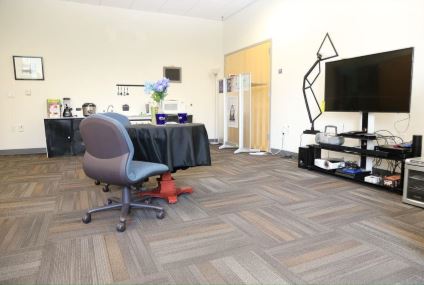Project Info
COMPLETE
 Project Title
Project Title
 Project Title
Project Title
SIM Home
Project Number ET14SCE1170 Organization SCE End-use Plug Loads and Appliances Sector Residential Project Year(s) 2014 - 2018Description
The goal of this project is to design and develop the CalPlug SIM Home, an expansion of the current CalPlug's SIM Labs, to address the modern networked home. The CalPlug SIM Labs methodology, which focuses on entertainment appliances, will serve as a launch pad and standard baseline to create the SIM Home. The SIM Home will simulate a realistic residential environment that is a convenient setting to test the energy savings potentials of emerging household appliances from different manufacturers. The SIM Home will serve as a connected ecosystem to evaluate how emerging products can be integrated and will envision the next trends of residential smart energy management. In this next phase, the SIM Home will also review prior research about which devices are used in American homes and how different users might use them, to construct a range of testing environments. The resulting networked testing results will thus supplement CalPlug's independent benchmark testing of each of the devices, providing energy use estimates for a range of real-life usage models. Serving as an objective third-party testing site for manufacturers, SIM Home will work to deliver unbiased results of energy savings and efficiency of any product subjected to the SIM Labs methodology.
Project Report Document
Loading PDF Preview...
